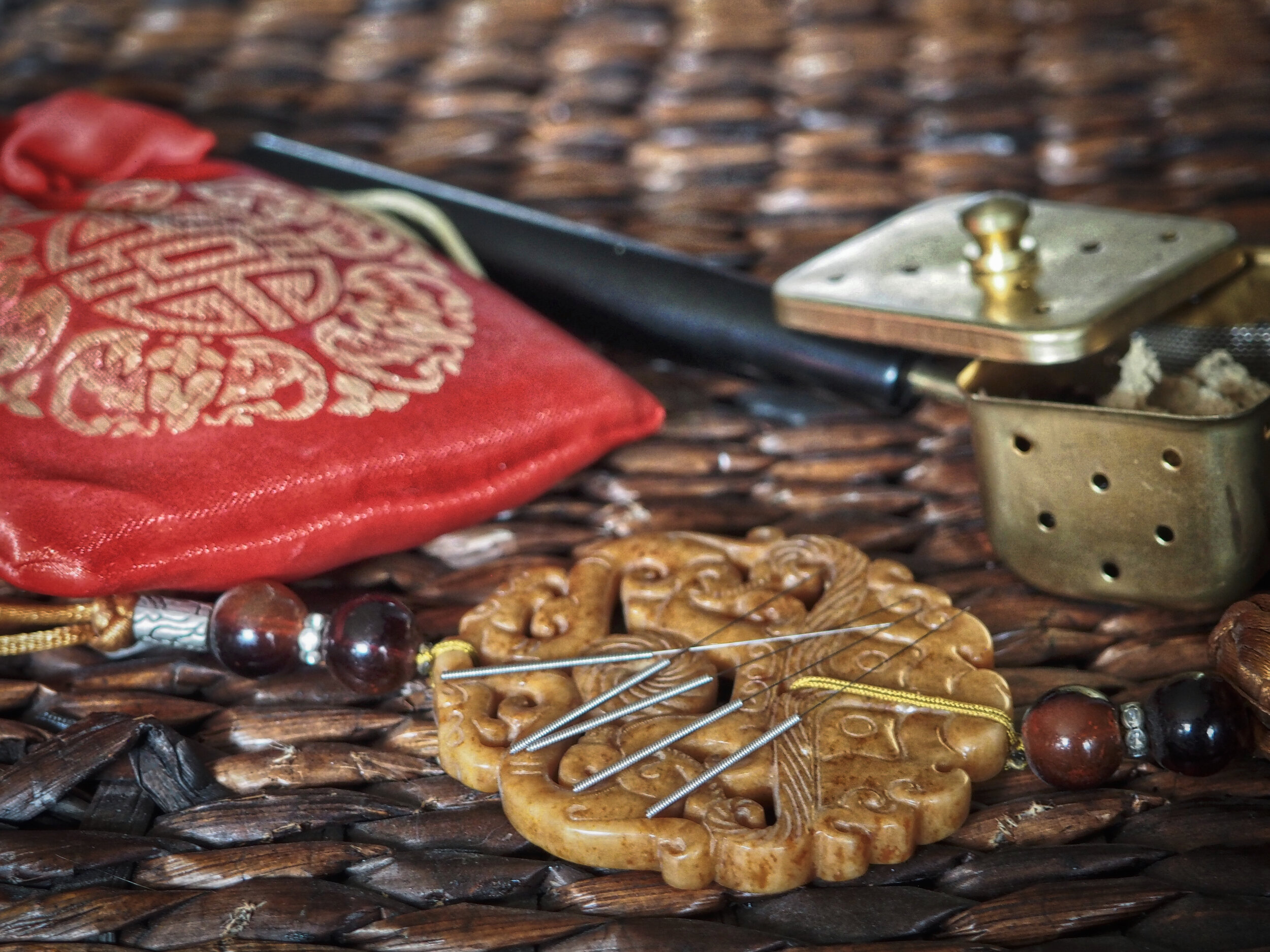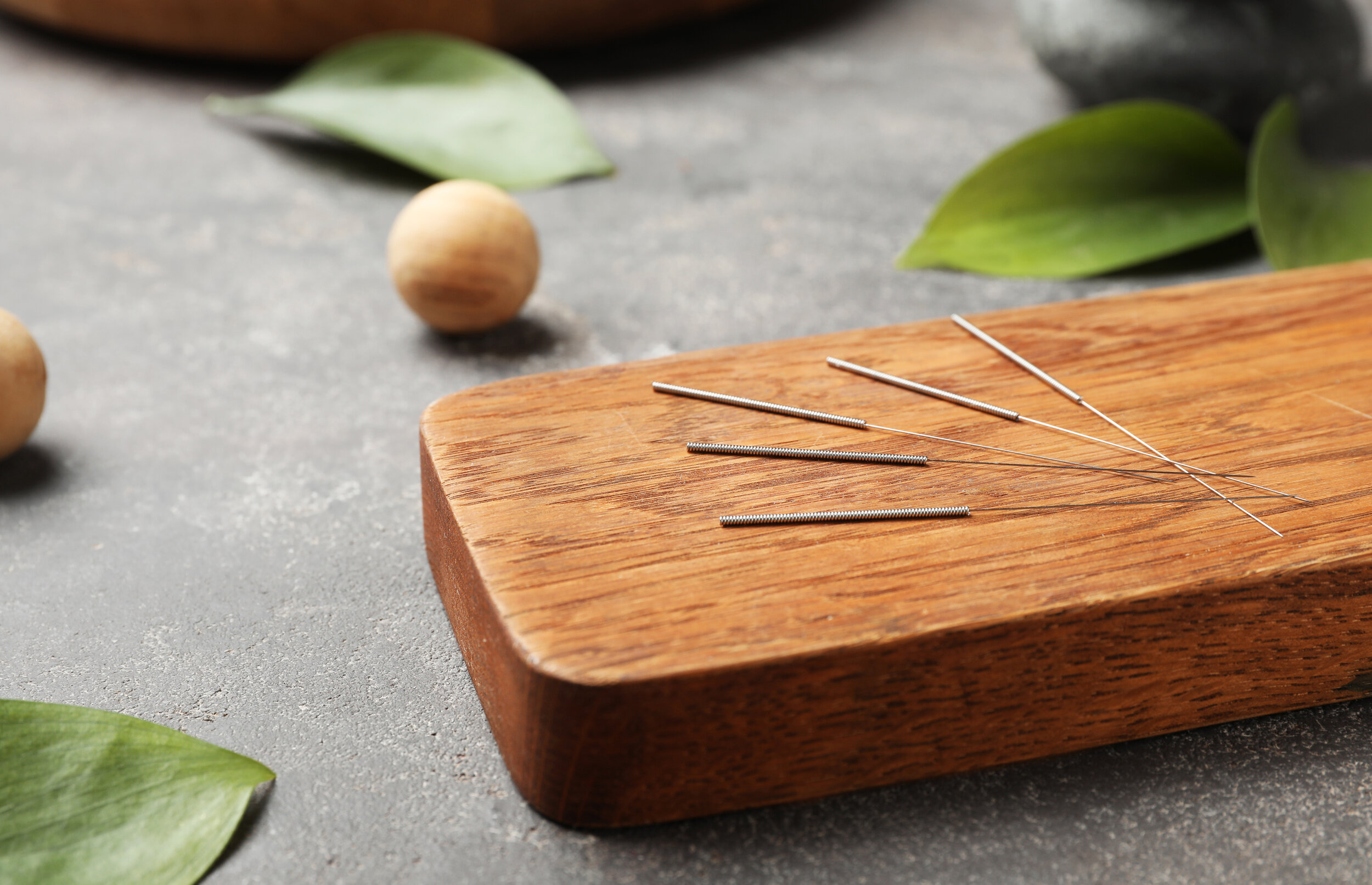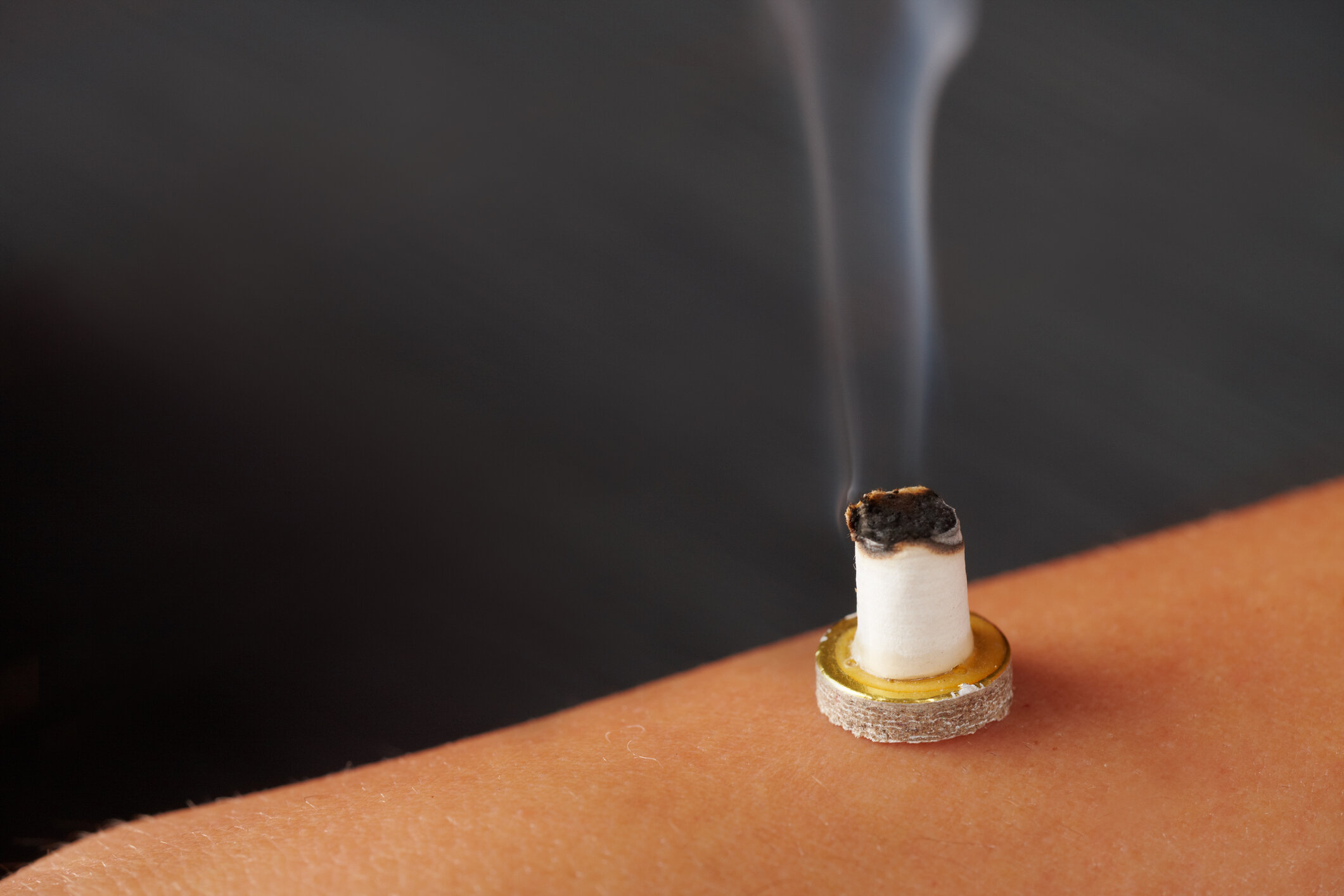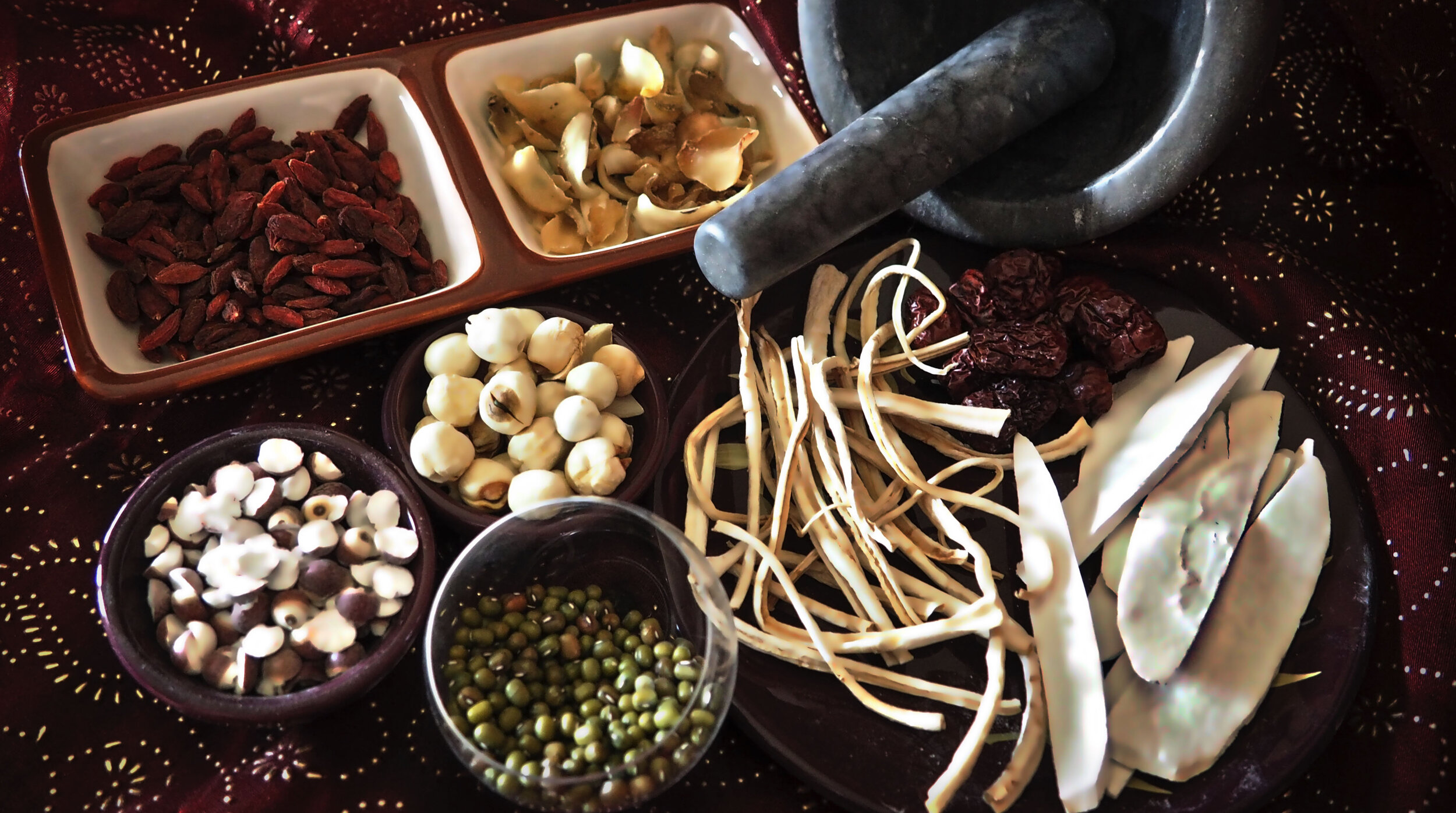Acupuncture
Acupuncture and East Asian medicine have been in use for over 2,000 years. One of the foundations of Asian Medicine is the belief that each person, each living thing, has "qi" (pronounced "chee") - a life energy. Qi flows through the body in energy streams known as meridians, which are related to hundreds of points on the surface of the body. Pain or illness can result when blockages occur in the meridians and the flow of qi is interrupted.Acupuncture is the strategic placement of ultra-thin needles that correspond to the patient's condition. The goal of an acupuncture appointment is to review the healthy flow of qi and restore the body to balance. Historically, acupuncture was used to not when someone become sick, but instead to keep people well.
Cupping
Cupping has become a bit of a fad among the Hollywood elite, however cupping is actually an ancient healing art dating back to the about 300 BCE. Herodotus (Greek historian, 400 BCE) prescribed cupping for headaches. Hippocrates even preached the benefits of cupping. Cupping has also been widely used in Asia, the Middle East, and European countries in many different healing systems for centuries. In Europe, cupping therapy was customarily used by monastery practitioners and folk healers.
Guasha
Gua sha is defined as instrument-assisted unidirectional press-stroking of a lubricated area of the body surface to intentionally create transitory therapeutic petechiae called ‘sha’ representing extravasation of blood in the subcutis. When gua press-stroking is applied in repeated even strokes, sha appears as small red dots called ‘petechiae’ and the pain immediately shifts. In minutes the small red dots fade into blended reddishness. The sha disappears totally in two to three days after treatment. The color of sha and rate of fading can indicate important information about a patient’s condition. Pain relief lasts even after the sha is completely gone.
Herbal Medicine
Chinese Herbal Medicine is a rich and ancient tradition that goes back centuries, back to the 3rd century BCE. Although it is an ancient art, Chinese herbal medicine has nonetheless changed with the times in response to modern conditions, and diagnoses.
There are over 5000 plant, animal, and mineral substances that make up the Traditional Chinese Herbal Materia Medica. Practitioners may use as few as two, and as many as 15 substances to create a balanced, and harmonious formula, which will address the patient's symptoms in the most effective way. There are hundreds of traditional herbal formulas for every imaginable condition, but formulas are often modified by the practitioner to suit the subtle nuances of the condition and constitution of the patient, making each formulation highly individualized.









